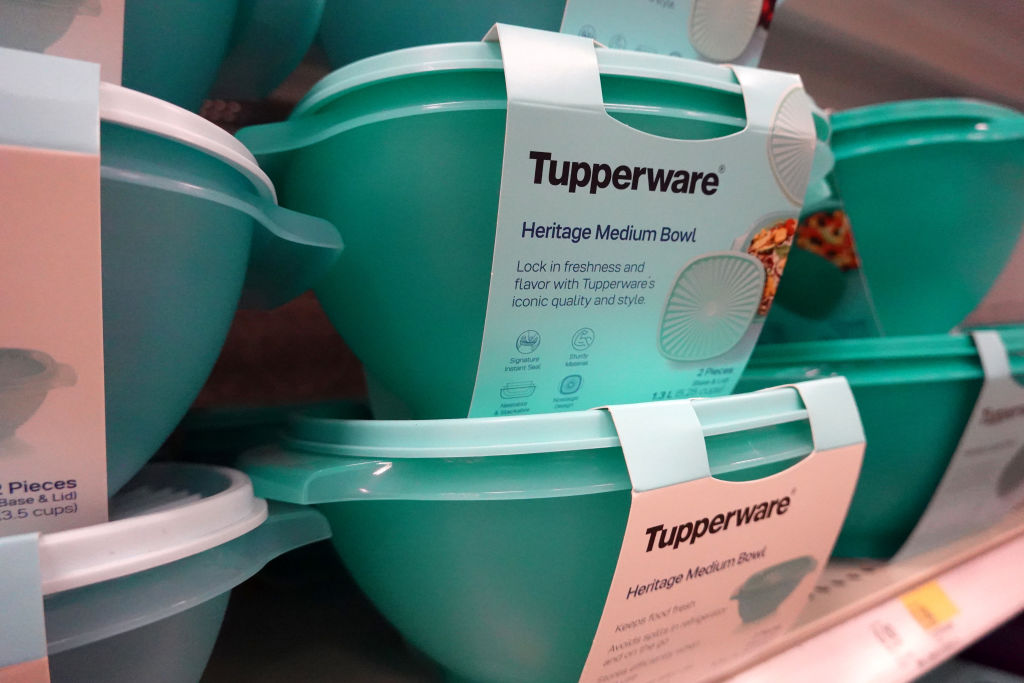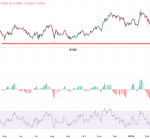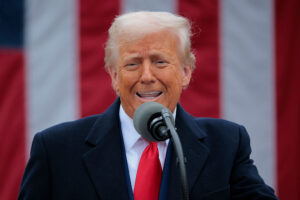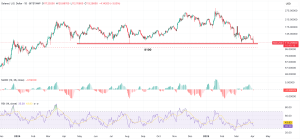
Tupperware Brands Corp. filed for bankruptcy following a years-long struggle with sales declines and growing competition.
Publicly-traded Tupperware filed for Chapter 11 bankruptcy protection, listing assets of between $500 million to $1 billion and liabilities of $1 billion to $10 billion, according to its court filing. The company will seek court approval to facilitate a sale process of the business and to continue operating during bankruptcy proceedings, it said in a separate statement.
The kitchenware company, which for decades dominated the world of food storage, since 2020 had warned of doubt in its ability to stay in business. As of June of this year, it planned to close its only U.S. factory and lay off almost 150 employees.
The bankruptcy filing in Delaware follows months-long negotiations between Tupperware and its lenders over how to manage more than $700 million in loans. The creditors had agreed to give it some breathing room on that debt, but the business continued to deteriorate.
Tupperware founder Earl Tupper in 1946 introduced its plastic products to the public, and subsequently patented their flexible airtight seal. The brand’s goods later flooded into American homes, largely by way of independent sales parties hosted in suburban homes, helping the company to dominate the market for decades.
But as the parties faded away and competition heated up, its iconic products faced weakening demand. The 80-year-old company failed to keep up with the changing pace of retail and the consumers who were heading online for many of the commodity products Tupperware was selling. The COVID pandemic briefly juiced sales, but the increase in people eating at home and buying their products didn’t last long.
By 2022, the company still relied on direct sales by an army of 300,000 amateur vendors. But shoppers were increasingly buying similar—and often cheaper—products online. They were going directly to Amazon or Walmart, and those who wanted to avoid buying more plastic goods could find similar containers made from more environmentally friendly packaging.
The following year, the company got caught up in the meme-stock frenzy. An eye-popping share price masked many of the company’s underlying problems and persisted despite the company itself warning that it had substantial doubt as a going concern.
Tupperware last year replaced its CEO. In June, the company made plans to shutter its only U.S. factory and lay off almost 150 employees. It wasn’t enough to stave off the cash drain. And in the end, it wasn’t enough to save the company.


















